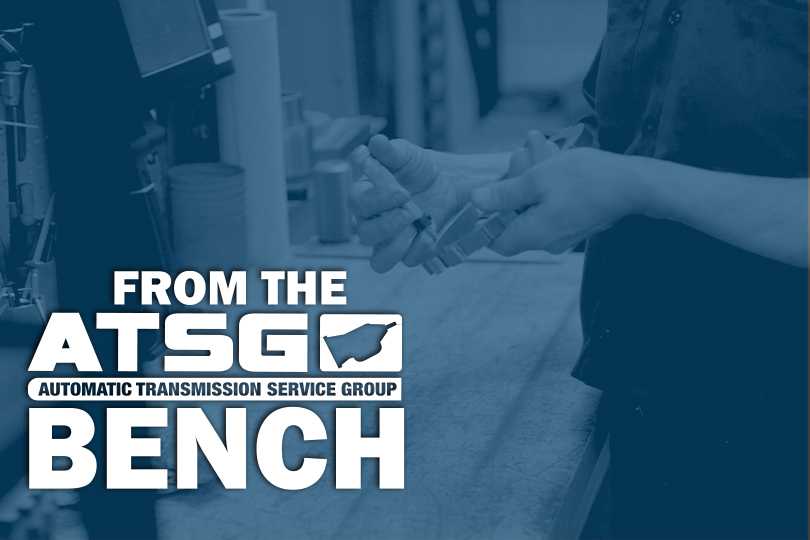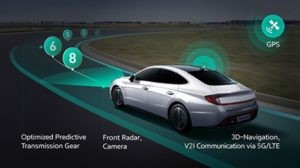World’s First ICT Auto Shift Announced
Hyundai and Kia say they’ve developed the world’s first predictive information and communication
technology (ICT) connected shift system, enabling the vehicle to automatically shift to the optimal
gear after identifying road and traffic conditions ahead.
It uses intelligent software in the transmission control unit (TCU) that collects and interprets
real-time input from underlying technologies, including 3D navigation with a precise map of
the road as well as cameras and radar for smart cruise control.
The new system for future Hyundai and Kia vehicles can be used in autonomous vehicles, providing
improved performance in response to real-time road and traffic conditions.
The TCU predicts the optimal shift scenario for real-time driving situations through an artificial
intelligence algorithm and shifts the gears accordingly.
For example, when a relatively long slowdown is expected and radar detects no speed irregularities
with the car ahead, the transmission clutch temporarily switches to neutral mode to improve fuel
efficiency.
When Hyundai and Kia tested a vehicle with an ICT connected shift system on a heavily curved road,
the frequency of shifts in cornering was reduced by about 43% compared to vehicles without the
system.
It also reduced the frequency of brake operation by about 11%, minimising driving fatigue and brake
wear.
When rapid acceleration was needed, the driving mode automatically switched to Sport Mode,
making it easier to join the traffic flow. After merging, the vehicle automatically returned to its
original driving mode.
Engine brakes were automatically applied upon release of the accelerator pedal by determining
speed bumps, downhill slopes and location of the speed limit change on the road. The changes in
distance from the front car were detected by the front radar to adjust the appropriate transmission
gear automatically, improving driving quality.
Future developments will include consideration of driver’s preferences and traffic signal status
During the system’s development, Hyundai and Kia filed about 40 major patents in South Korea and
abroad.
Both plan to further develop the ICT connected shift system into an even more intelligent
transmission technology that can communicate with traffic signals based on LTE or 5G
communication and identify drivers’ tendencies, resulting in further refinement of gear-shift control.
“Vehicles are evolving beyond simple mobility devices into smart mobility solutions,” Intelligent
Drivetrain Control Research Lab head Byeong Wook Jeon says.



